While reading an article in the New York Times, I ran across a sentence in the article that grabbed my attention.
“In a capitalist economy, the market rewards things that are rare and valuable.” CAL NEWPORT
Last week I was privileged to have coached four women who all work in the cyber security profession. They are all exceptional in their own ways.
One of the tools I use in my coaching practice is the Clifton StrengthsFinder Assessment. In less than an hour, this tool shows me exactly and precisely how each of my clients are uniquely built. Every time I review a new client’s StrengthsFinder results, I get to look at traits that are both rare and valuable.
WOW!
One client in particular whom I worked with last week has more than one trait in her top 5 Traits / Strengths that are both rare and valuable. When these traits are weaved together, she is a special person.
By the way, the Clifton StrengthsFinder is made up of 34 traits. Each term that describes a trait belongs to the Gallup Organization and is Trademarked. Traits near the top of one's Clifton StrengthsFinder report have the potential of being turned into Strengths. This is what Strengths Coaching is all about.
COMMAND
Command is my client's number 1 trait. Out of 34 traits that make up the Clifton StrengthsFinder, Command is the trait that comes in at number 34 in terms of how often it is found in the top 5 on a StrengthsFinder report.
The Clifton StrengthsFinder assessment has now been taken by more than 15,000,000 people around the globe.
- For men, Command shows up in the top 5, 3% of the time.
- For women, the Command trait shows up in the top 5, 2% of the time.
To say that my client who has Command at the top of her Strengths profile is an anomaly is an understatement. The reason I say that is that our traits / strengths do not work by themselves. They work with the other traits / strengths that surround them.
SELF-ASSURANCE
Also showing up in my client's top 5 traits is Self-Assurance.
- For men, Self-Assurance shows up in the top 5 traits / strengths 6% of the time.
- For women, Self-Assurance shows up in the top 5 traits / strengths 2% of the time.
Is my client starting to look like a rare and valuable contributor to you? She is!
COMPETITION
One more trait that shows up in my client’s top 5 traits / strengths is the Competition trait.
- For men, Competition shows up in the top 5 traits / strengths 16% of the time.
- For women, Competition in the top 5 traits / strengths is much more rare showing up only 2% of the time.
What does this picture tell me as a Strengths Coach? My client’s top traits / strengths are both rare and valuable. The client described above has huge up-side potential that is virtually limitless.
The company that hires this naturally gifted leader will see multiples on their return on investment.
Jeff Snyder Coaching, Strengths Coaching, 719.686.8810




















